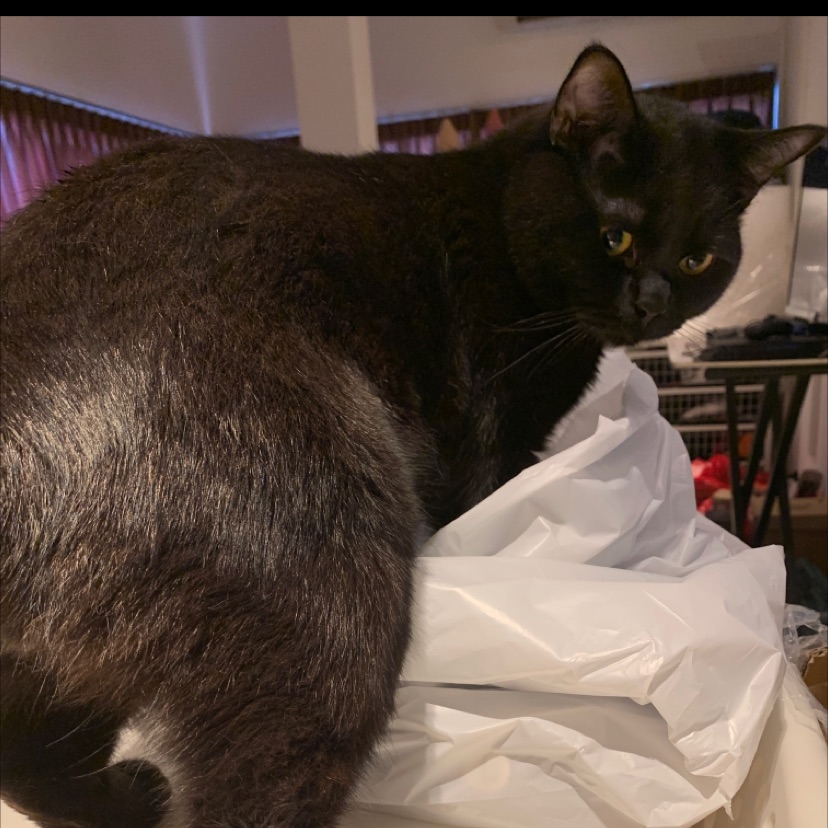
Mabes
No personal profile
6Follow
27Followers
0Topic
0Badge
Like
Sovos Brands opens for trading at $14.7, up about 22% from IPO price
Like
Dow erases a 343-point rebound and turns red
Coins
Nike, Costco, FedEx, Salesforce, and Other Stocks for Investors to Watch This Week
Coins
Sorry, the original content has been removed
Coins
U.S. stocks close lower on worries over recovery, corporate tax hikes
Coins
US IPO Week Ahead: The Fall IPO market kicks off with a 10 IPO week
Coins
US IPO Week Ahead: The Fall IPO market kicks off with a 10 IPO week
Coins
Supply bottlenecks keep heat on U.S. producer prices
Coins
Airline stocks rally, as slew of revenue warnings come with signs of recovery
Cool
Bitcoin Endured a Rocky Day. What's Behind the Selloff
Like
Strategists Say the Stock Market Could Struggle This Fall. What to Buy Now?
Coins
Sorry, the original content has been removed
Like
Sorry, the original content has been removed
Like
Sorry, the original content has been removed
Like
Sorry, the original content has been removed
Coins
U.S. DOJ readying lawsuit against Google over digital ads business - Bloomberg News
Coins
Sorry, the original content has been removed
Coins
This Unloved Tech Stock Could Make You Rich One Day
Coins
Sorry, the original content has been removed
Coins
Sorry, the original content has been removed
Go to Tiger App to see more news